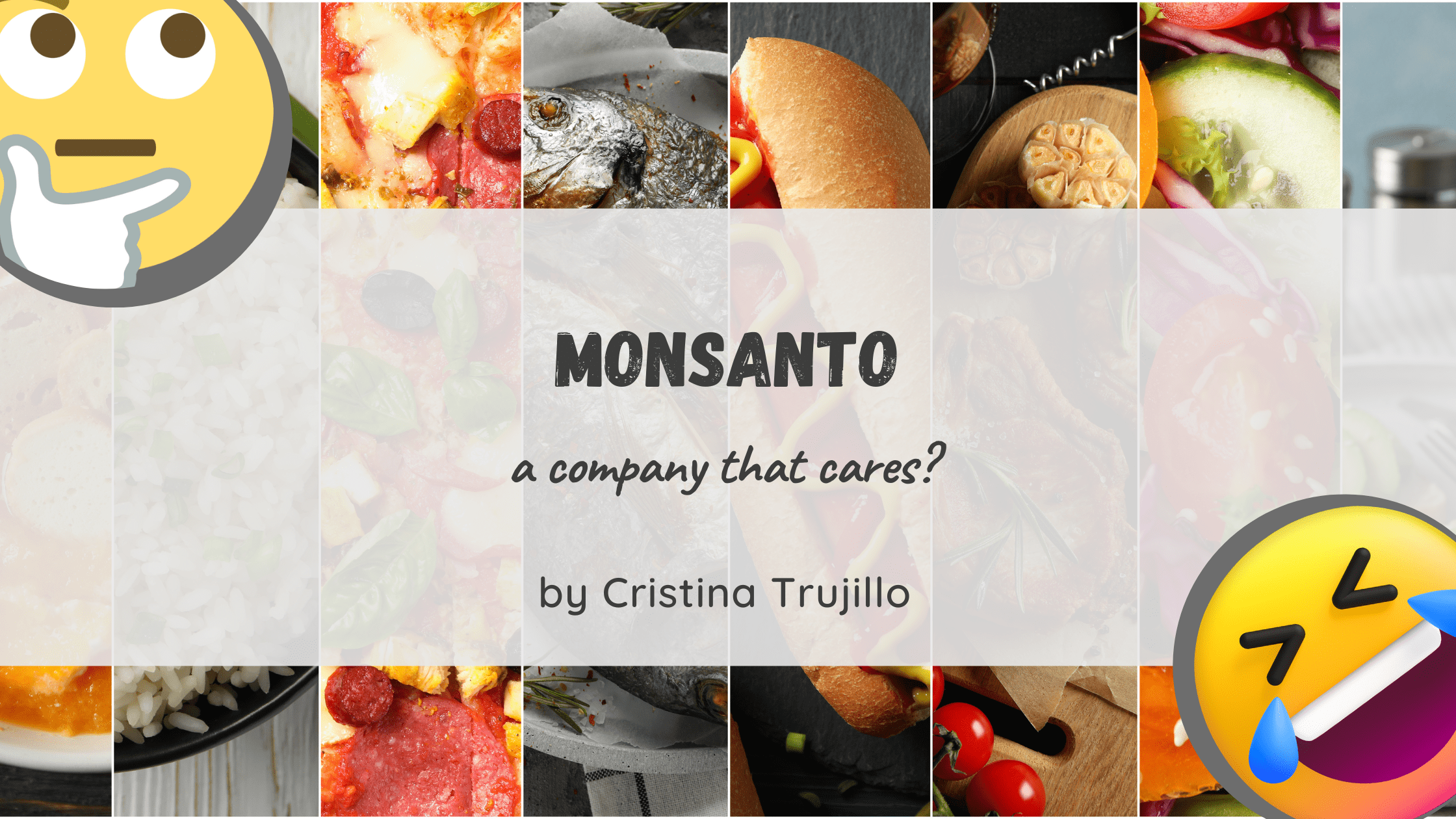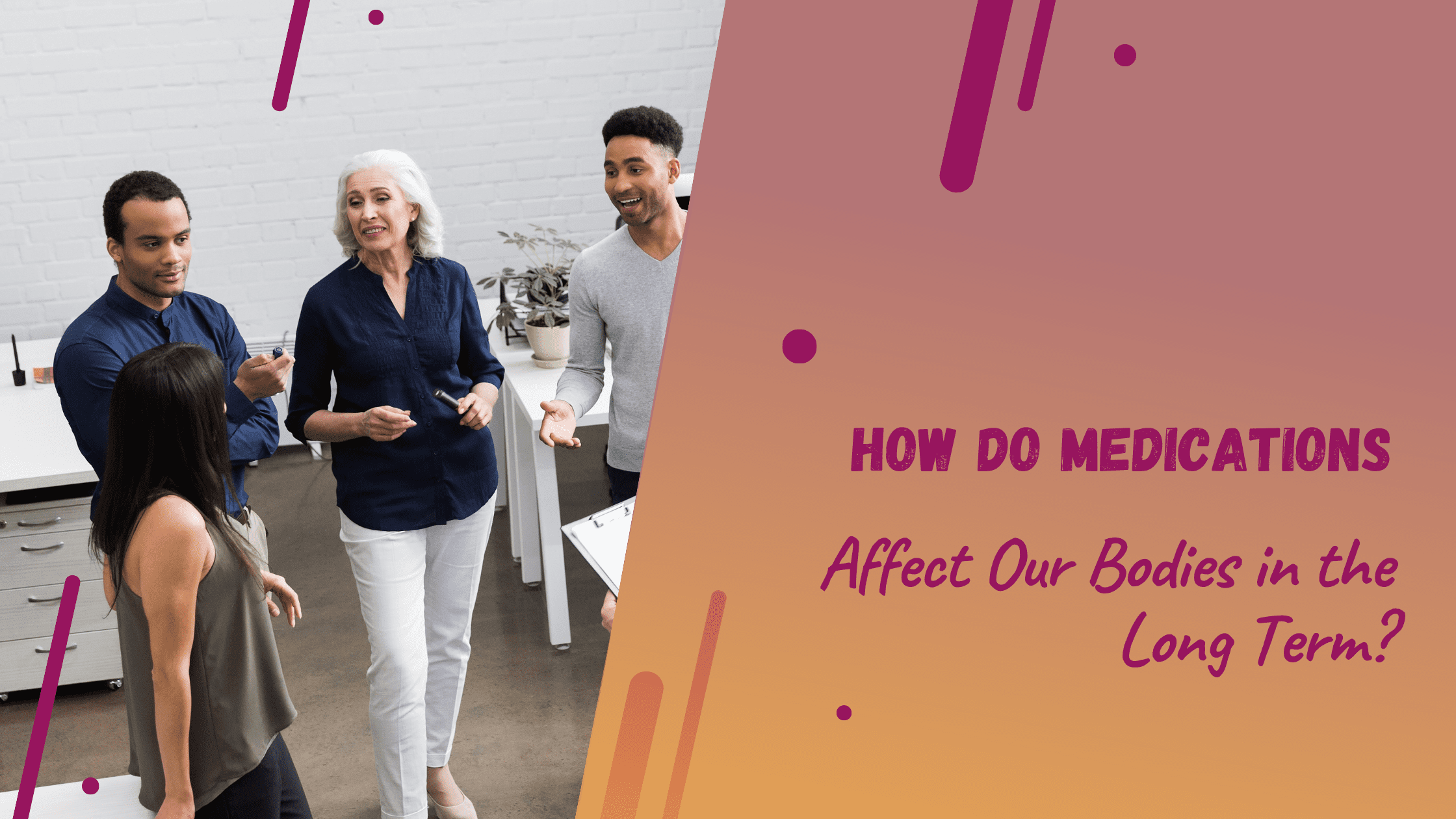The Latest
-
The Impact of Ford-Coolidge Alliance on Economic Growth
-
The 1920s: A Decade of Innovation and Progress
-
Have you seen the commercials trying to pass Monsanto off as a company that cares about your health?
-
How Do Medications Affect Our Bodies in the Long Term?




